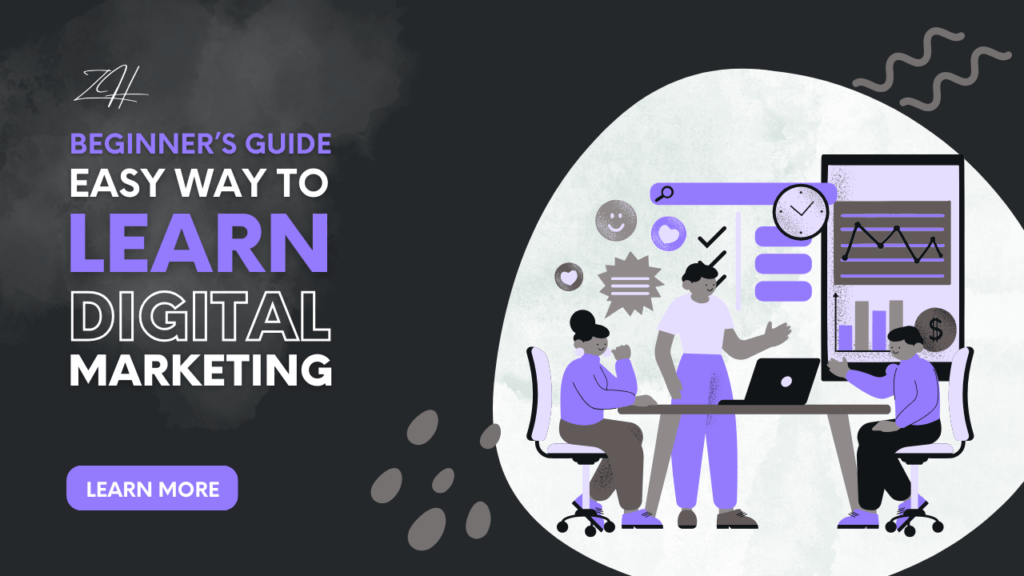
What is A/B in Advertising?
Some people also call A/B testing as “split testing.” It is very useful in advertising. It lets advertisers compare two versions of an ad, website, or campaign to see which one works better. Businesses can get better results from their marketing by comparing the two forms. Let’s look at the most important parts of A/B testing and how it can change the way you advertise.
How do you do A/B testing?
A/B testing is a way to find out which version of an ad or site works best by comparing two different versions of it. This method helps improve plans to make sure that ads reach the right people in the best way possible.
Why advertisers need to do A/B testing?
A/B testing is very important for marketers because it gives them real information about what users want. A/B testing lets you make decisions based on data, rather than guessing what will work. This means you can get more sales and a better return on investment (ROI).
A/B testing in advertising: How it works
To do an A/B test, you split your viewers into two groups, which you call Group A and Group B. Your ad is shown to a different group of people. You look at which group had more clicks, conversions, or involvement after the test is over. This helps figure out which style or message will work best.
Key Test Metrics for A/B
Marketers keep an eye on measures like click-through rate (CTR), conversion rate, and engagement levels to see how well A/B testing is working. These measurements help figure out which version of an ad works best for the people it’s meant for.
Conclusion:
A/B testing in advertising lets you make choices based on data, which means your campaigns will work better and get better results.










